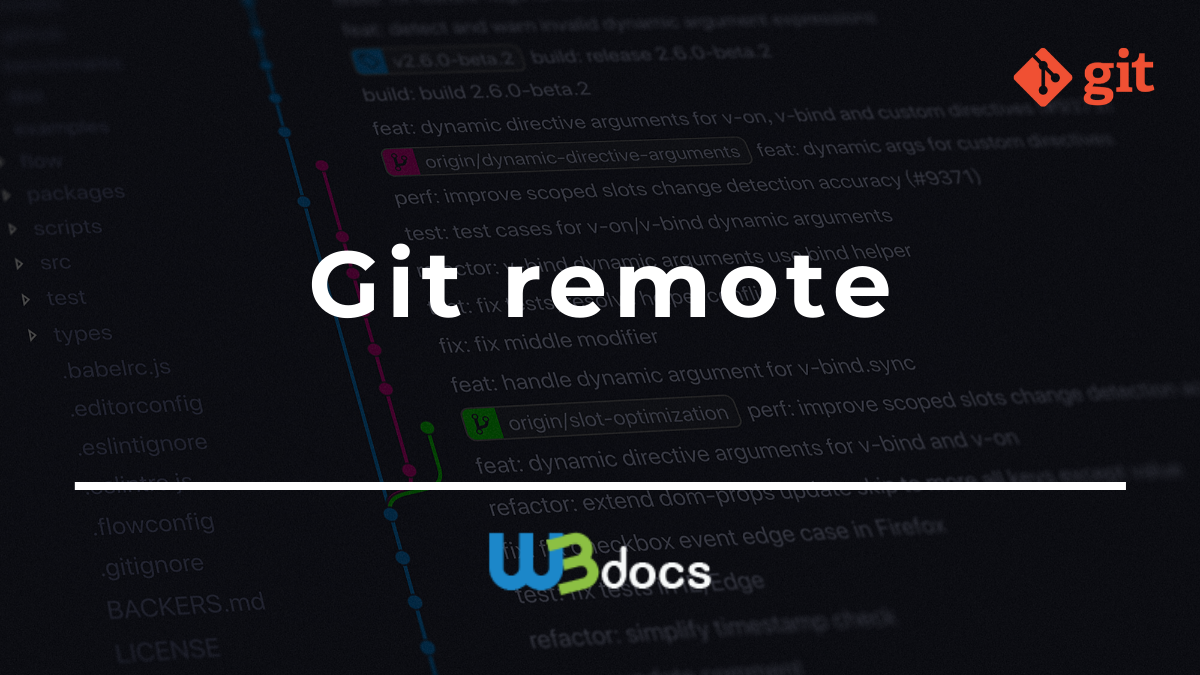

It must either have a passwordless SSH key, or uses a SSH agent or Kerberos authentication) Interaction with SSH-based remotes requires that the UNIX account running DSS (the dssuser) can connect to the repository without any prompt, i.e. This section explains how you can work with remote repositories.ĭSS always uses the “git” command-line client to work with remote repositories, in non-interactive mode. If you have developed a plugin on a DSS instance and have pushed your plugin to a Git repository, you can import this plugin on another DSS instance directly from the Git repository.įor more details, see Installing plugins Working with remotes ¶Īll integration points explained above include the ability to interact with remote repositories (either pull-only or pull-and-push depending on the cases). You can view the history, revert changes, use branches, and push/pull changes from remote repositories.įor more details, see Git integration in the plugin editor. When developing plugins, each plugin is a Git repository.

You can modify them inside DSS and push back the changes to the remote repository.įor more details, see Importing Jupyter Notebooks from Git Developing plugins ¶ If you have Notebooks that have been developed outside of DSS and are available in a Git repository, you can import these Notebooks in a DSS project.
#SET GIT REMOTE URL CODE#
If you have code that has been developed outside of DSS and is available in a Git repository (for example, a library created by another team), you can import this repository (or a part of it) in the project libraries, and use it in any code capability of DSS (recipes, notebooks, webapps, …)įor more details, see Importing code from Git in project libraries Importing Jupyter Notebooks ¶ The ability to understand the history of each objectįor more details, see Version control of projects Importing Python and R code ¶ Traceability into all actions performed in DSS Several parts of DSS can work with Git Version control of projects ¶Įach change that you make in the DSS UI (modify the settings of a dataset, edit a recipe, modify a dashboard, …) is automatically recorded in the version control system.


 0 kommentar(er)
0 kommentar(er)
